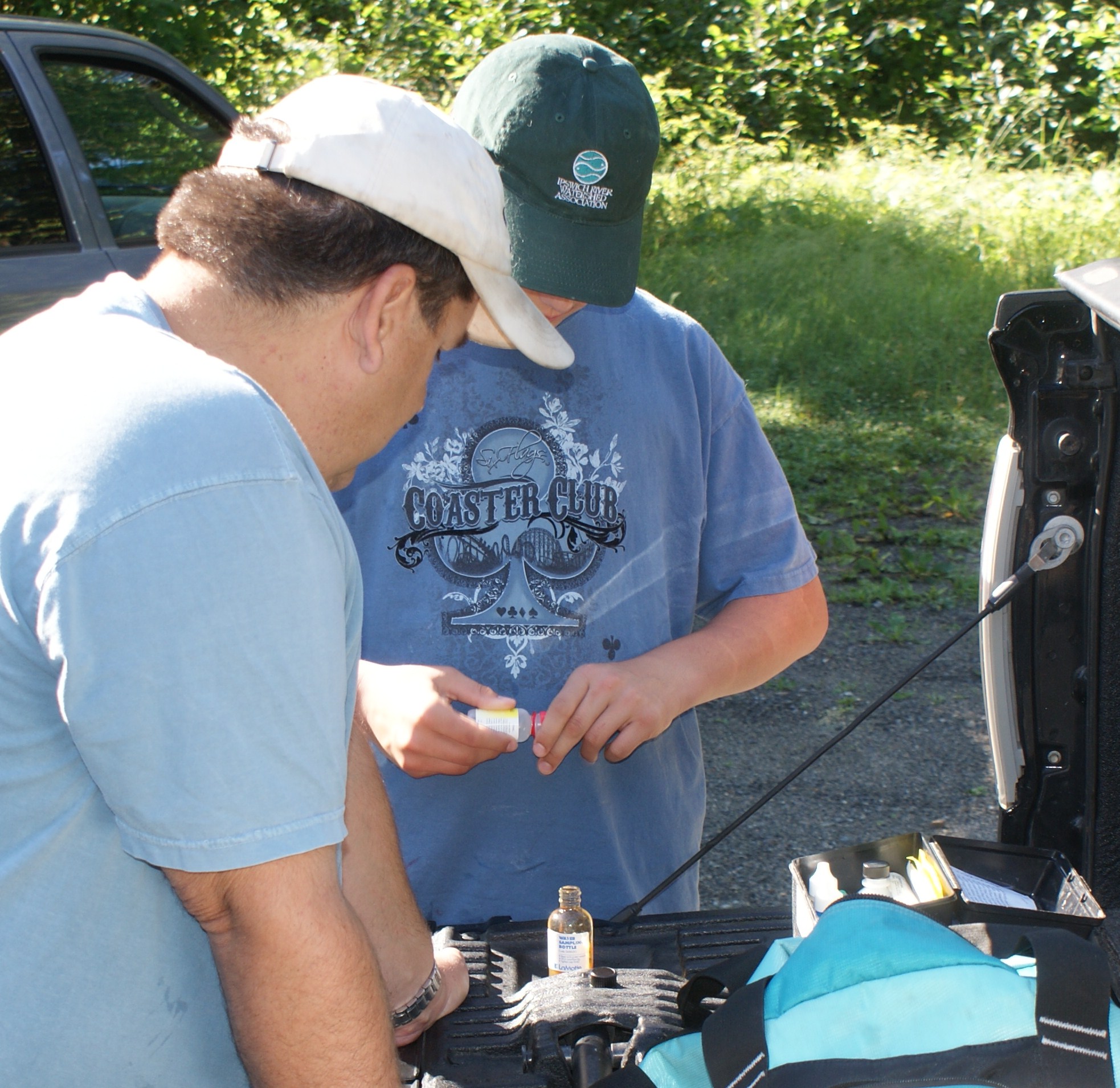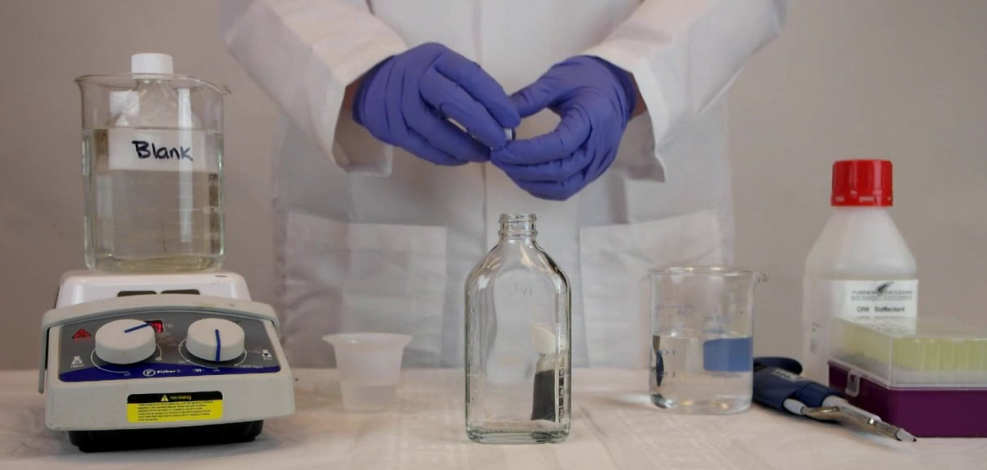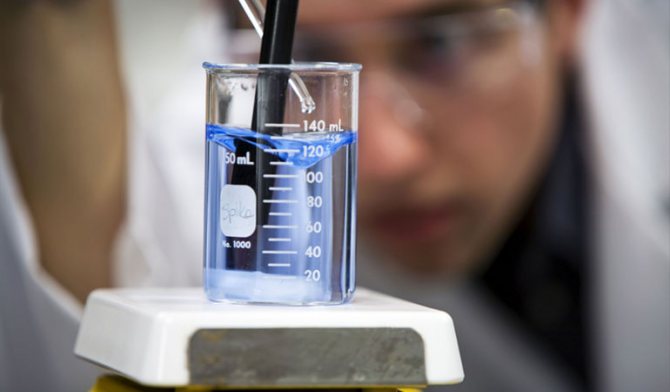Iodometry is a relatively high measurement method when detecting dissolved oxygen in water quality, but this type of method is mainly suitable for water with relatively high cleanliness such as source water and surface water. For some seriously polluted industrial wastewater, if the water quality is high in color, or there are oxidized sulfur compounds such as tannin, humic acid and lignin, it is easy to interfere with the measurement parameters. The use of dissolved oxygen detectors can well avoid these interferences, thereby ensuring the accuracy of the detection data.

The working principle of dissolved oxygen detector
At present, most dissolved oxygen detectors use diaphragm electrodes as transducers to convert the dissolved oxygen level (that is, oxygen partial pressure) into electrical signals, which are amplified, adjusted for temperature compensation and salinity compensation, and displayed by analog-to-digital conversion. The electrode for measuring dissolved oxygen is composed of a membrane attached with a sensor and a built-in thermistor for temperature measurement and compensation. The permeable membrane of the electrode is a selective membrane, which separates the water sample to be measured from the sensor. Soluble substances cannot pass through, only oxygen is allowed to pass through. When a voltage is supplied to the sensor, oxygen passes through the film to undergo a reduction reaction, generating a weak diffusion current, and the concentration of dissolved oxygen is determined by measuring the current value.
Dissolved oxygen electrode preparation
All newly purchased dissolved oxygen probes are dry, and electrode filling solution must be added before use, and then connected to the instrument. The connection steps are as follows:
(1) Assemble the electrode according to the instrument manual.
(2) Add electrode filling liquid to the electrode.
(3) Gently screw the film onto the electrode.
(4) Tap the edge of the electrode with your fingertips to ensure that there are no bubbles in the electrode. To avoid damage to the film, do not directly tap the bottom of the film
(5) Ensure that the rubber O-ring is accurately located in the membrane cover.
(6) Turn the membrane cover clockwise with the sensor facing down. Some electrolyte will overflow. When not in use, put on the membrane protective cover provided.

Dissolved oxygen electrode polarization calibration
Dissolved oxygen electrodes are generally polarized at a fixed voltage of about 800mV. When the electrodes are polarized, they must be covered with a white plastic protective cover (removed during calibration and measurement). Electrode polarization is very important for the reproducibility of the measurement results. As the electrode is properly polarized, the oxygen passing through the sensor membrane will consume the electrolyte dissolved in the electrode. If the polarization process is interrupted, the oxygen in the electrolyte will continue to increase until it reaches equilibrium with the dissolved oxygen in the external solution, and the measured value will be the sum of the dissolved oxygen in the solute of the external solution and the electrolyte.
(1) Press the ON/OFF key to turn on the instrument.
(2) The letter "COND" appears on the display; it means that the electrode is automatically polarized.
(3) Wait for 20 minutes to ensure that the electrode is stable. When the display shows "100%" and "SAMPLE", it indicates that the polarization calibration has been completed. When the electrode, membrane or electrolyte changes, the polarization calibration must be performed again.
(4) During the polarization calibration process, to exit the calibration mode, press the CAL key again.
(5) Press the RANGE key to switch the instrument from saturation percentage (%) to mg/L state (no need to recalibrate).

Detection of dissolved oxygen in water samples
After the dissolved oxygen detector is calibrated, immerse the electrode in the measured water sample, and make sure that the temperature sensing part is also immersed in the water sample. If you want to display the saturation percentage (%), press the RANGE key to switch to the saturation percentage (%) state. In order to accurately measure the dissolved oxygen, the minimum flow rate of the water sample is required to be 0.3m/s, and the water flow will provide an appropriate circulation to ensure that the consumed oxygen is continuously replenished. When measuring in the field, the electrode can be shaken in parallel by hand for detection. When detecting dissolved oxygen in the laboratory, a magnetic stirrer must be used to ensure that the water sample has a fixed flow rate and minimize the error caused by the diffusion of oxygen in the air into the water sample.



